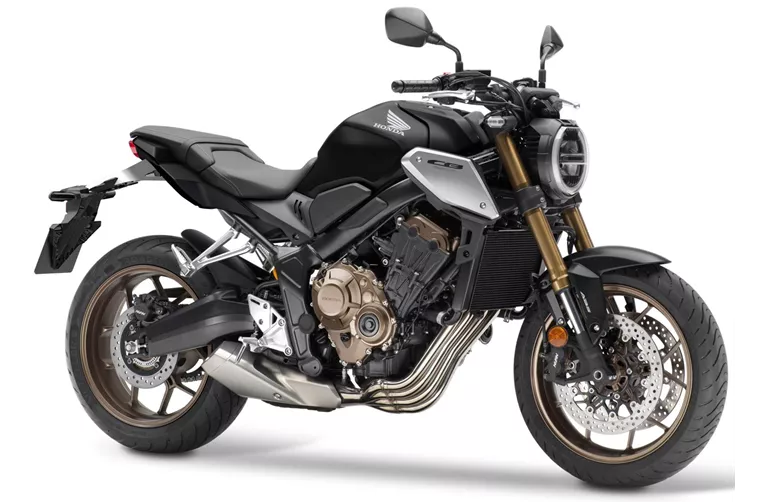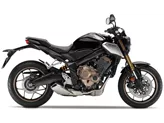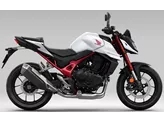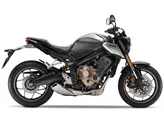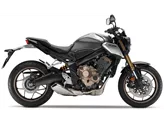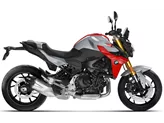Kawasaki Z900 2021 vs. Honda CB650R 2021
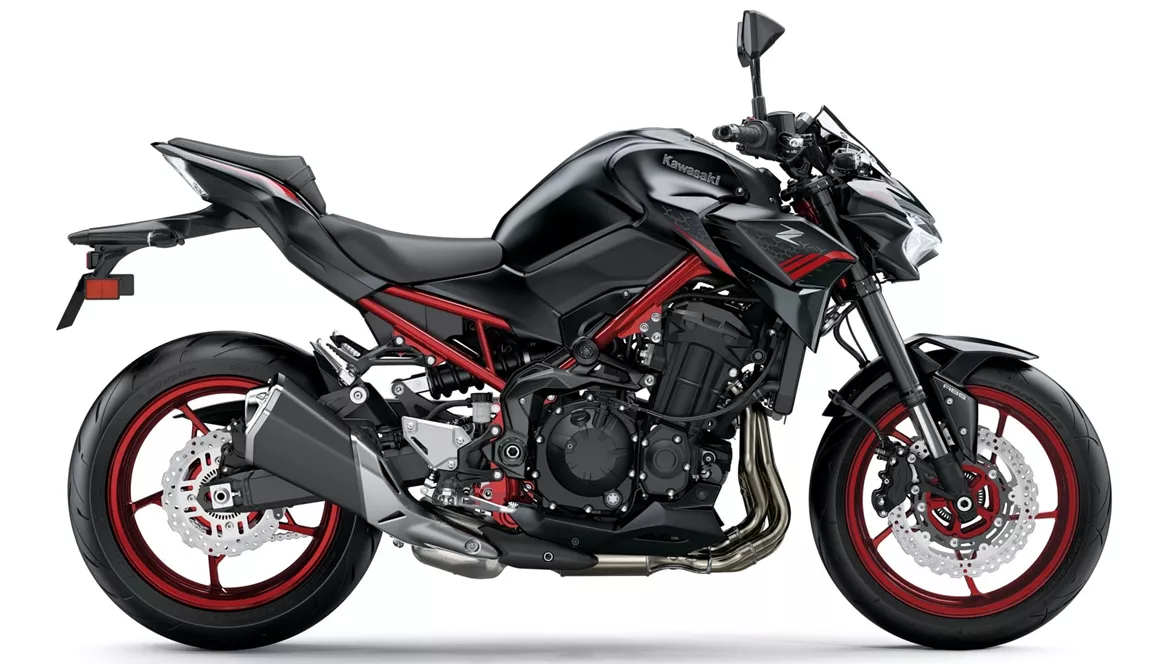
Kawasaki Z900 2021
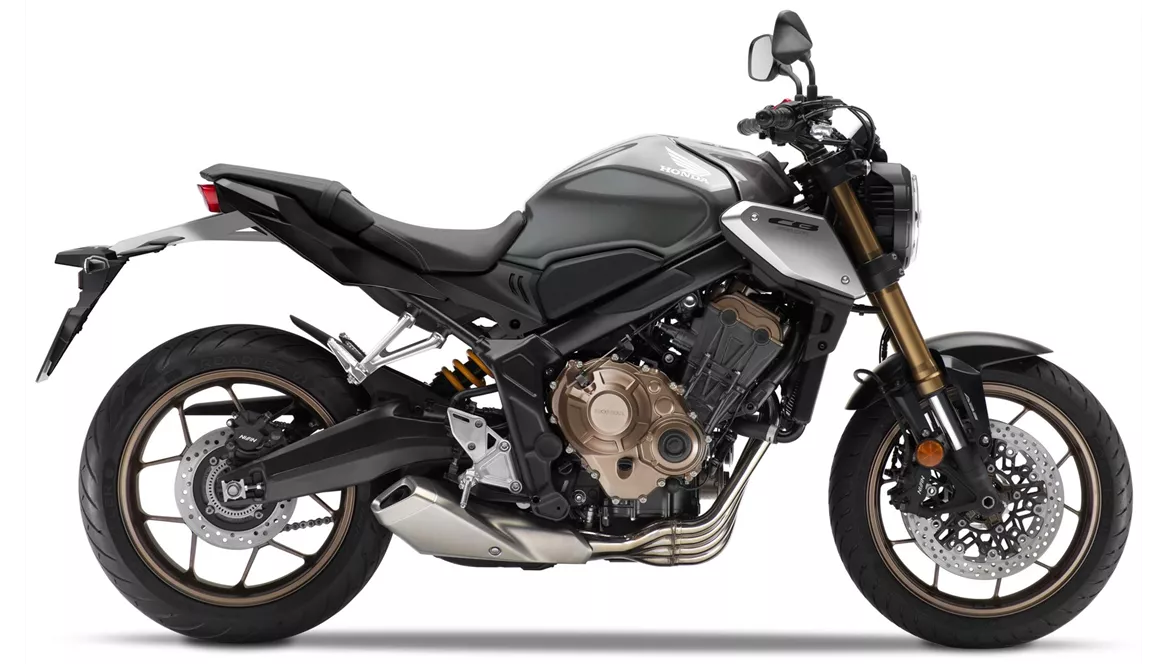
Honda CB650R 2021
Overview - Kawasaki Z900 2021 vs Honda CB650R 2021
In terms of technical specifications, the Kawasaki Z900 2021 and the Honda CB650R 2021 both have inline engines with four cylinders and liquid cooling. However, there are some notable differences between the two models.
The Kawasaki Z900 2021 boasts a more powerful engine with 125.4 HP compared to the Honda CB650R's 95 HP. This gives the Z900 an advantage in terms of acceleration and top speed. Additionally, the Z900 has a higher torque of 98.6 Nm, providing better low-end power and overall performance.
Both bikes feature fuel injection systems and have a displacement of around 650cc, with the Z900 slightly larger at 948cc. This larger displacement contributes to the Z900's increased power output.
In terms of suspension, both bikes have upside-down telescopic forks at the front and swing arm suspension at the rear. However, the Z900 offers additional adjustability with preload and rebound adjustments on the rear shock absorber. The Z900 also features an aluminum rear suspension, which may provide better performance and weight savings compared to the CB650R's monoshock suspension.
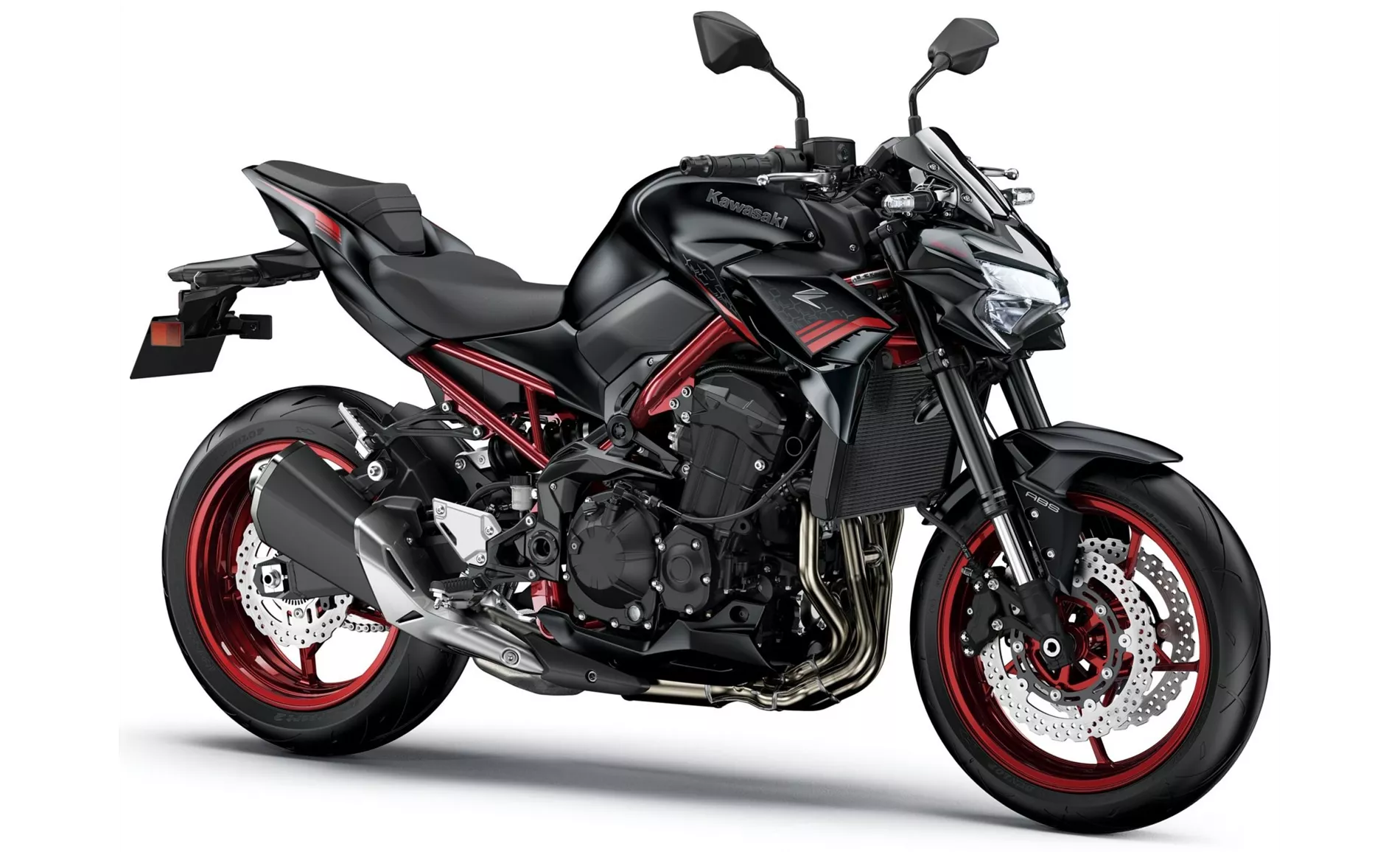
Kawasaki Z900 2021
Both bikes have steel frames, but the Z900 has a double cradle frame while the CB650R has a twin tube frame. The choice of frame design can impact the bike's handling characteristics and overall rigidity.
In terms of braking, both bikes have double disc brakes at the front with four-piston calipers. However, the CB650R has slightly larger front discs with a diameter of 310mm compared to the Z900's 300mm discs. The CB650R also features radial brake technology, which may provide improved braking performance and feel.
In terms of rider assistance systems, the Z900 offers more advanced features including ABS, riding modes, ride by wire, and traction control. The CB650R, on the other hand, only has ABS as an advanced rider assistance system.
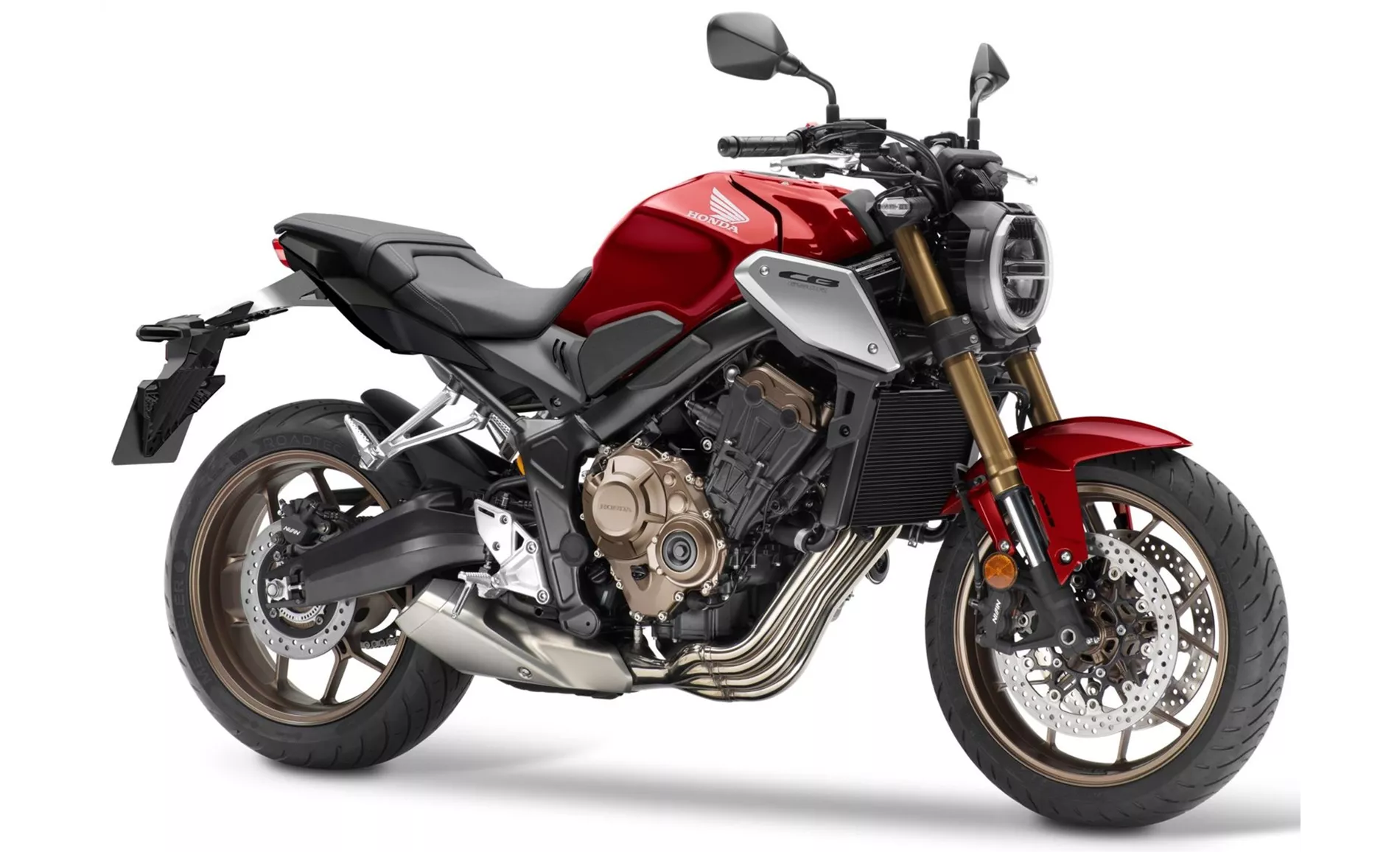
Honda CB650R 2021
Both bikes have similar dimensions and weights, with a wheelbase of 1450mm and front and rear tire widths of 120mm and 180mm respectively. The seat height of the CB650R is slightly higher at 810mm compared to the Z900's 795mm. The kerb weight of the CB650R is also slightly lighter at 202.5kg compared to the Z900's 210kg.
In terms of strengths, the Z900 is praised for its powerful four-cylinder engine, intuitive handling, good equipment, aggressive looks, and value for money. On the other hand, the CB650R is commended for its Neo Sports Cafe optics, suitability for beginners, good price-performance ratio, smooth engine revs, and low fuel consumption.
However, the Z900 does have some weaknesses, including the lack of a quickshifter option and the presence of competitors with more advanced electronic systems, such as a 6-axis IMU. The CB650R, on the other hand, is criticized for its limited space for tall riders, mediocre equipment, relatively bulky design, and lack of punch in the rev range.
Overall, both the Kawasaki Z900 2021 and the Honda CB650R 2021 have their own strengths and weaknesses. The Z900 offers more power and advanced rider assistance systems, while the CB650R may be more suitable for beginners and offers a more fuel-efficient engine. Ultimately, the choice between the two will depend on the rider's preferences and priorities.
Technical Specifications Kawasaki Z900 2021 compared to Honda CB650R 2021
Pros and Cons in comparison
Pros and Cons in comparison
Kawasaki Z900 2021
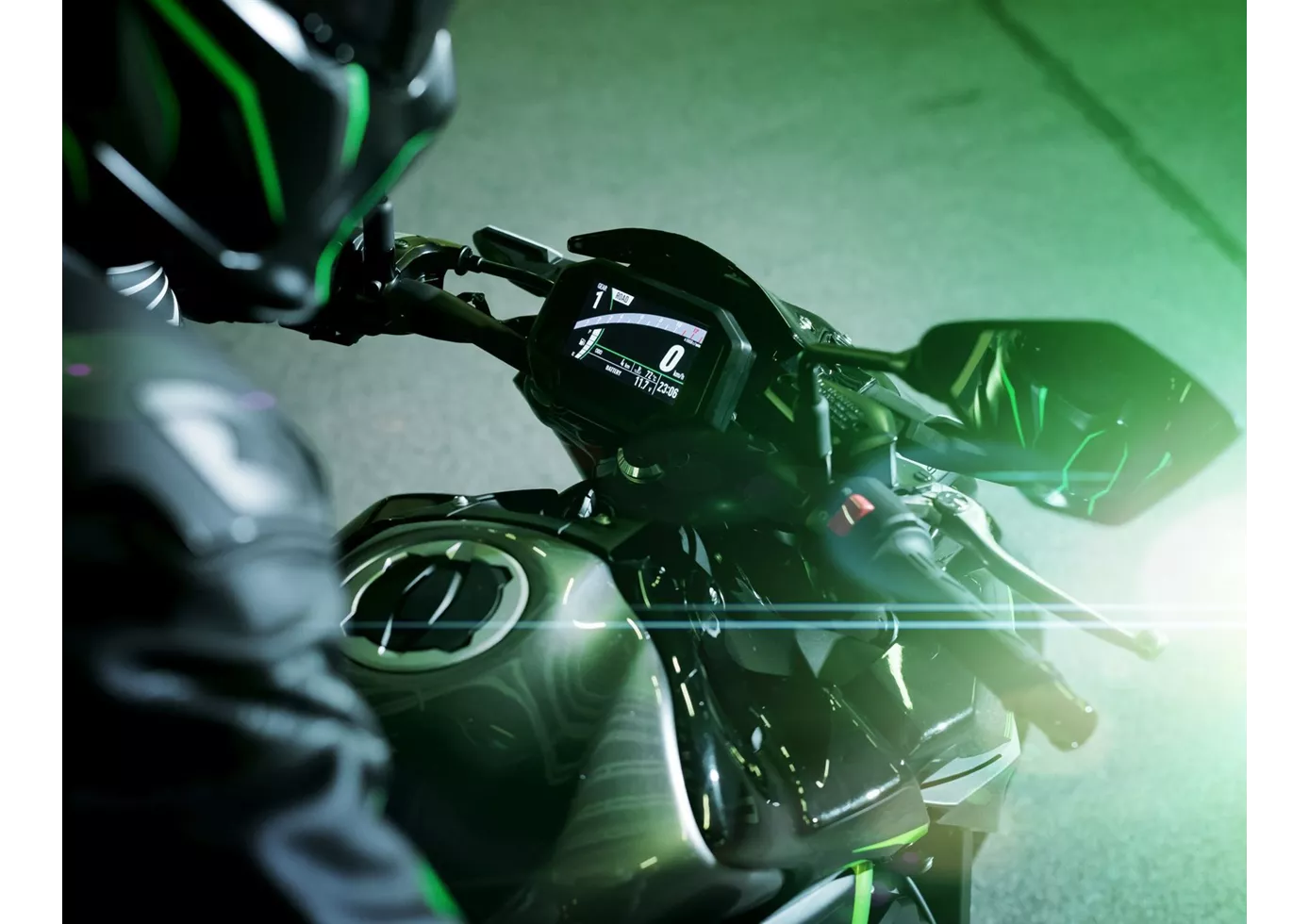
In terms of price-performance, the Kawasaki Z900 is hard to beat at the moment. With the perfectly tuned engine, the high-quality chassis components and the electronics added for 2020, this naked bike offers everything that sporty riders will be looking for. There is really nothing to complain about, except for the lack of a quickshifter option.
Honda CB650R 2021

13 out of a possible 24 points mean 5th place in the large mid-range naked bike comparison test 2021. The Honda puts up a good fight against the technically more advanced competition and can leave a motorbike behind despite its position as an outsider. Pleasing looks, accessible riding and the low price make the shortcomings that were brought to light in the direct comparison fade into the background.
Price Comparison Avarage Market Price Kawasaki Z900 vs Honda CB650R
There are a few key differences between a Kawasaki Z900 2021 and a Honda CB650R 2021. In terms of price, the actual average price of a Kawasaki Z900 2021 is about 30% higher. Compared to Honda CB650R 2021 there are more Kawasaki Z900 2021 bikes available on the 1000PS.de Marketplace, specifically 33 compared to 11. It takes less time to sell a Honda CB650R with 63 days compared to 107 days for the Kawasaki Z900. Since model year 2017 1000PS.de editors have written 46 reviews for the Kawasaki Z900 and 23 reviews for the Honda CB650R since model year 2019. The first review for the Kawasaki Z900 was published on 11/11/2016 and now has more than 93,200 views. This compares to more than 53,700 views for the first review on Honda CB650R published on 08/10/2018.

